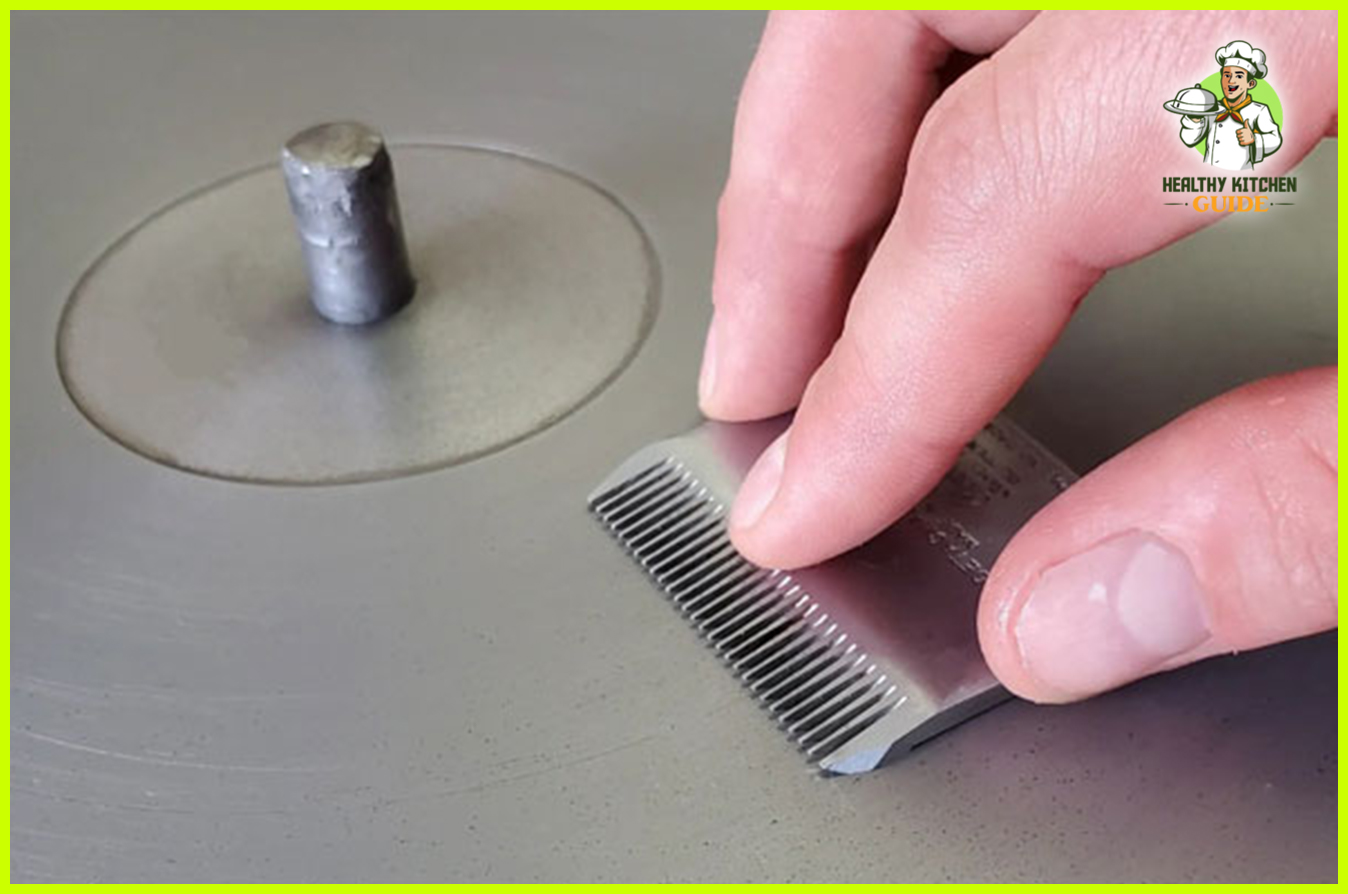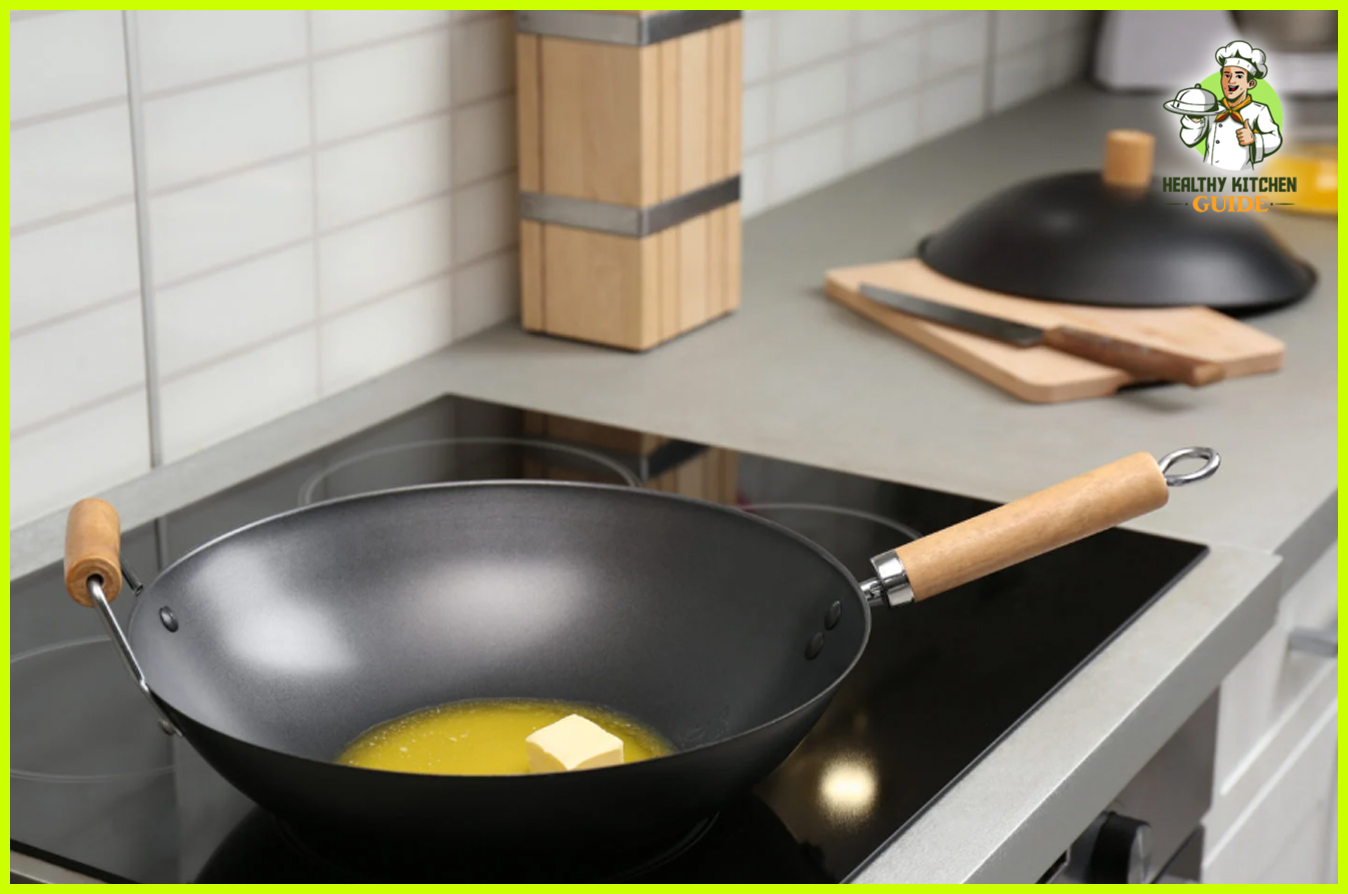To practice knife skills, start by holding the knife properly and using a cutting board. Then, master basic techniques like the rock chop and the claw grip.
Understanding The Importance Of Knife Skills
Knife skills are an essential foundation for any culinary enthusiast. They play a significant role in creating impressive dishes. A good understanding of knife skills enhances efficiency and precision in the kitchen. It allows for a smoother and more enjoyable cooking experience. With proper skills, you can easily achieve consistent and even cuts, which not only enhances the presentation of your dishes but also ensures that they cook evenly. Knife skills are also crucial for safety as they help reduce the risk of accidents and injuries. By mastering different techniques like slicing, dicing, chopping, and mincing, you gain greater control over your ingredients and can experiment with various cooking methods. So whether you are a professional chef or a home cook, investing time in honing your knife skills will undoubtedly elevate your culinary abilities.
Essential Knife Skills Every Home Cook Should Master
One of the first things to focus on when practicing knife skills is mastering the proper grip and handling of a knife. This is the foundation of all cutting techniques. Hold the knife firmly but not too tight, with your index finger and thumb gripping the base of the blade to ensure control and stability. Remember to curl your fingertips under to protect them, and always keep your non-knife hand in a “claw” position to facilitate safe and precise cutting.
To effectively practice knife skills, it’s vital to develop razor-sharp cutting skills. A sharp knife not only ensures clean cuts but also minimizes the risk of accidents. Regularly sharpen your knives using a honing steel or a sharpening stone to maintain their sharpness. Additionally, learn the correct technique of honing to realign the blade’s edge and maintain its sharpness for prolonged periods.
Dicing and mincing are fundamental knife skills used in many recipes. To master the art of dicing and mincing with precision, practice cutting ingredients into uniformly-sized pieces. Start by creating even slices or planks, then gradually cut them into cubes or smaller portions. This will ensure even cooking and presentation in your culinary creations.
Slicing and julienning require a delicate touch and precision. Mastering the delicate technique of slicing and julienning involves maintaining a consistent thickness while cutting. Ensure your knife is positioned at the correct angle to achieve desired thickness and use a smooth, fluid motion to glide through the ingredient. This technique is particularly useful when slicing ingredients like onions, tomatoes, or cucumbers.
Chopping and rocking methods are commonly used for herbs, garlic, or intricate chopping tasks. Fine-tuning your chopping and rocking methods involves practicing rhythmic motions to achieve even and quick results. For chopping, maintain an even tempo and lift the knife slightly off the cutting board before the next cut. For rocking, use the backward and forward motion with a gentle rolling action, keeping the tip of the knife in contact with the cutting board.
Knife Selection: Choosing The Perfect Blade For Optimal Results
Choosing the right knife for your kitchen can greatly improve your knife skills and enhance your cooking experience. There are different types of kitchen knives, each designed for specific uses. For example, a chef’s knife is versatile and can be used for a variety of tasks, such as chopping, slicing, and dicing. A paring knife, on the other hand, is smaller and ideal for precision tasks like peeling and trimming.
When it comes to blade materials, stainless steel is a popular choice as it is resistant to corrosion and easy to maintain. High carbon stainless steel blades offer durability, strength, and superior cutting performance.
| Knife Type | Ideal Use |
|---|---|
| Chef’s Knife | Chopping, slicing, dicing |
| Paring Knife | Peeling, trimming |
Proper knife maintenance is essential to ensure optimal performance. Regular sharpening helps maintain a sharp edge, making cutting tasks easier and safer. Knife skills can be greatly enhanced with the right selection of knives and proper maintenance.
Knife Safety: Protecting Yourself And Others
Proper cutting posture and hand positioning: When practicing knife skills, it is essential to maintain a proper cutting posture and hand positioning to ensure your safety and the safety of those around you. Stand with feet shoulder-width apart, slightly bending your knees to stabilize your body. Hold the knife with a firm grip, keeping your hand and fingers away from the blade. Position your non-dominant hand as a guide, with fingers curled under to prevent accidents.
Tips for preventing accidents and practicing safe knife techniques:
- Always focus on what you are doing and avoid distractions to prevent accidents.
- Keep your knives sharp to reduce the risk of slipping while cutting.
- Use a cutting board with a non-slip surface to provide stability.
- Keep your work area clean and free from clutter, ensuring nothing obstructs your movements.
- When not in use, store your knives in a designated knife block or sheath to avoid accidental cuts.
Understanding knife handling etiquettes in a culinary setting: In a culinary setting, following proper knife handling etiquettes is crucial for a safe and efficient kitchen environment. Respect the personal space of others by being mindful of your knife’s position and movements. Communicate clearly with your fellow chefs to prevent accidental collisions. When handing a knife to someone, always present it with the handle first and ensure they have a secure grip before releasing it. Additionally, remember to clean and sanitize your knives after each use to maintain hygiene standards.
Honing And Sharpening: Maintaining Optimal Blade Performance
The difference between honing and sharpening a knife:
Many people confuse honing and sharpening when it comes to maintaining their knives. However, understanding the distinction between the two is crucial for optimal blade performance.
Step-by-step guide to honing your knife for precise cuts:
- Start by finding a honing rod that matches the length of your knife.
- Hold the rod upright with one hand, positioning it vertically on a cutting board.
- With the other hand, hold the knife at a 20-degree angle against the rod.
- Gently slide the knife down the rod, starting from the base towards the tip.
- Repeat this process on both sides of the blade, alternating until you feel a slight resistance.
- Remember to always use light pressure and maintain a consistent angle.
Expert techniques for sharpening your blade to perfection:
- Invest in a high-quality sharpening stone or sharpening system.
- Wet the stone and place it on a stable surface.
- Hold the knife at a 20-degree angle against the stone.
- Apply light pressure and slide the blade across the stone in a smooth, sweeping motion.
- Repeat this process on both sides of the blade, ensuring consistent pressure and angle.
- Test the sharpness by holding a piece of paper and cutting through it effortlessly.
Pro Tips For Increasing Knife Skill Efficiency
Creating a productive cutting station is essential for improving knife skills in the kitchen. Start by ensuring that your cutting board is stable and non-slip. This will help prevent accidents and provide a secure surface for chopping and slicing. Keep your knives sharp to maximize efficiency and reduce the effort required for each cut. Regularly honing and sharpening your blades will ensure precise and clean cuts.
Time-saving techniques can also greatly enhance your knife skills. One such technique is the claw grip, where you hold the food item with your fingertips curled inward, keeping them safe from accidental cuts while allowing for precise control. Another useful tip is to practice good knife technique, such as using the full length of the blade and employing a rocking motion for efficient chopping and mincing.
Lastly, don’t forget about speed. While it’s important to prioritize safety and accuracy, developing a fast knife skill can greatly improve your efficiency in the kitchen. Practice proper knife grip and positioning to maximize your speed without compromising precision.
Enhancing Knife Skills: Advanced Techniques And Challenges
Discover advanced techniques and challenges to enhance your knife skills. Learn practical ways to practice and master knife skills, taking your culinary expertise to the next level.
Exploring Intricate Knife Techniques Like Chiffonade And Tourne
Mastering knife skills involves exploring intricate techniques such as chiffonade and tourne. These techniques require precision and finesse to create visually appealing and evenly prepared ingredients. Chiffonade involves cutting leafy greens or herbs into thin, delicate ribbons, adding an elegant touch to dishes. On the other hand, tourne is a technique where root vegetables are shaped into small, barrel-like pieces, showcasing your knife control and attention to detail.
Overcoming Common Challenges In Knife Skills
Developing knife skills can come with challenges, but with practice, they can be overcome. One common challenge is maintaining consistent cutting angles and pressure. It’s important to hold the knife properly and maintain a steady hand to ensure uniformity in your cuts. Another challenge is maintaining speed while maintaining accuracy. Practicing repetitive cutting motions can help improve both speed and precision. Furthermore, being mindful of safety practices such as keeping fingers tucked and using a cutting board with a non-slip surface helps prevent accidents during knife work.
Pushing The Boundaries Of Precision With Speed And Consistency
Once you have mastered the foundational knife skills, it’s time to push the boundaries of precision and improve speed and consistency. One method to achieve this is through frequent practice and repetition. By consistently engaging in knife work, you can develop muscle memory and enhance your overall speed and efficiency. Additionally, utilizing proper knife maintenance, such as regular sharpening and honing, ensures your blades remain sharp for clean and effortless cuts. Remember, the key to practicing knife skills is patience, perseverance, and a commitment to continuous improvement.
Taking Your Knife Skills To The Next Level
When it comes to enhancing your knife skills, there are various ways to level up your expertise. Here are some approaches you can take:
| Approach | Description |
|---|---|
| Seeking professional culinary training and workshops | If you’re serious about developing your knife skills, considering enrolling in professional culinary training programs or attending workshops. These opportunities provide hands-on instruction and guidance from experienced chefs. |
| Exploring online resources for continued learning | In today’s digital age, the internet offers a wealth of resources to enhance your knife skills. Look for online tutorials, videos, and blogs dedicated to knife techniques. You can learn new techniques and practice at your own pace. |
| Engaging in knife skill competitions and challenges | To truly push your skills to the next level, consider participating in knife skill competitions or challenges. These events provide an opportunity to showcase your abilities, learn from others, and receive constructive feedback. |
Knife Skills In Different Cuisines: Mastering Global Culinary Techniques
Master the art of knife skills across various cuisines with ‘Knife Skills in Different Cuisines: Mastering Global Culinary Techniques. ‘ Enhance your cooking repertoire by learning the essential techniques for practicing knife skills.
Exploring The Knife Skills Required In Different Cultural Cuisines
Knife skills play a crucial role in creating delicious and visually appealing dishes across various global cuisines. The techniques used in different cultural cuisines are often unique and require precision and mastery to execute. Understanding the influence of knife skills on specific dishes can elevate your culinary expertise.
One way to improve or practice your knife skills is by exploring the specific techniques utilized in various cuisines:
| Cuisine | Knife Skill Technique |
|---|---|
| French Cuisine | Julienne, Chiffonade, Tourne |
| Asian Cuisine | Mincing, Slicing, Dicing, Chopping |
| Japanese Cuisine | Sushi and Sashimi Cutting Techniques |
| Mexican Cuisine | Avocado Fan, Guacamole Technique, Pepper Roasting |
By exploring and practicing these specific techniques, you can enhance your knife skills and broaden your culinary repertoire. Remember to always focus on maintaining sharp and balanced knives, proper grip, and swift and controlled movements. With practice and dedication, mastering knife skills can transform your cooking and bring your dishes to the next level.
Frequently Asked Questions On How To Practice Knife Skills
How Do You Hold A Knife Properly?
Hold the knife with a firm grip and position your fingers on the handle for stability and control.
What Are The Basic Knife Cuts In Cooking?
The basic knife cuts in cooking include the chop, dice, mince, julienne, and chiffonade.
How Can I Improve My Knife Skills?
To improve your knife skills, practice proper technique, use a sharp knife, and focus on accuracy and speed.
What Are The Best Knives For Practicing Knife Skills?
The best knives for practicing knife skills are chef’s knives, paring knives, and Santoku knives.
How Do I Safely Clean And Store My Knives?
Clean your knives by hand with warm, soapy water, dry them immediately, and store them in a knife block or protective sheath.
Why Are Knife Skills Important In Cooking?
Knife skills are important in cooking because they improve efficiency, consistency, and safety while preparing ingredients.
Conclusion
Mastering knife skills is an essential culinary skill that can enhance your cooking journey. By following these tips and practice techniques, you can improve your precision, speed, and safety in the kitchen. Remember to maintain a firm grip, use a proper cutting technique, and keep your knives sharp.
With patience and practice, you’ll be able to handle any ingredient with confidence. So, grab your knives and start honing your skills today!




Leave a Reply